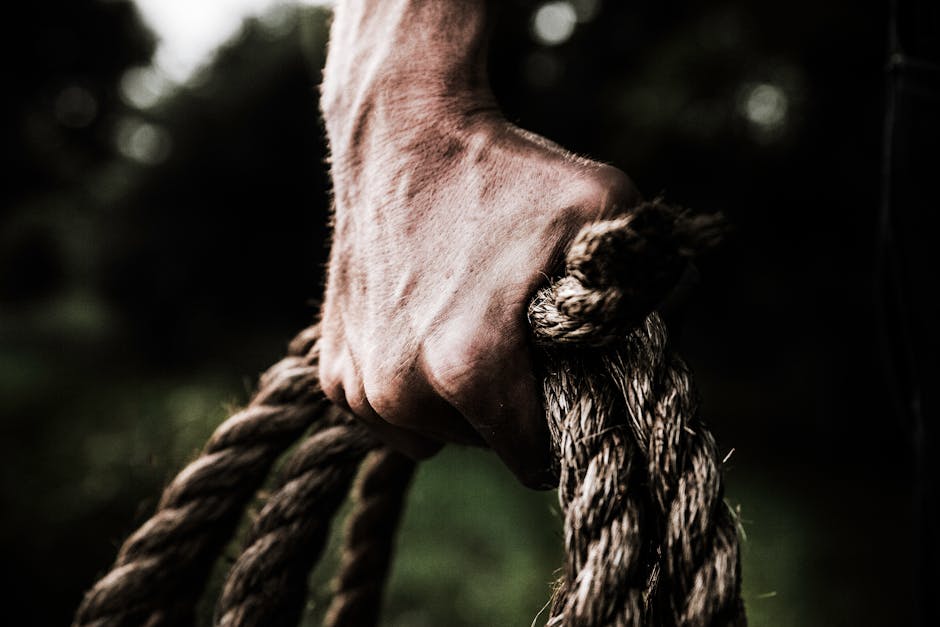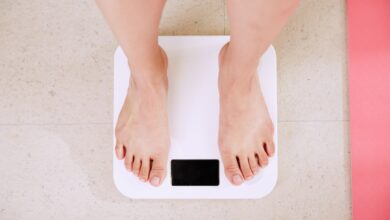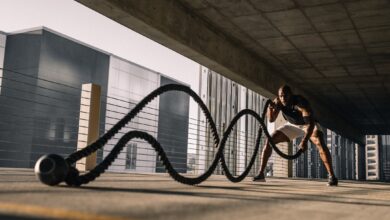6 Cardio Secrets To Lose Fat Without Losing Muscle

So, you want to lose fat but keep that hard-earned muscle? You’re in the right place! As a fitness enthusiast who’s been there, I know the struggle is real. Cardio is a fantastic tool for burning calories, but if you’re not careful, it can also eat into your muscle mass. Don’t worry, though. I’m going to share six cardio secrets that will help you torch fat while protecting your precious muscle.

1. Time Your Cardio Right
When you do cardio can make a big difference in whether you burn fat or muscle. Doing long, intense cardio sessions before your weight training workout can deplete your glycogen stores (your body’s quick energy source). This means you might not have enough energy to lift as heavy or get as many reps, which can hinder muscle growth and even lead to muscle breakdown.
The Fix: Aim to do your cardio after your weightlifting session, or on separate days. After lifting, your glycogen stores are already somewhat depleted, so your body is more likely to tap into fat for fuel during your cardio. If you have to do cardio and weights on the same day, prioritize weight training and do cardio afterward.
2. Embrace HIIT (High-Intensity Interval Training)
Forget spending hours on the treadmill at a steady pace. HIIT is your secret weapon for fat loss and muscle preservation. HIIT involves short bursts of intense exercise followed by brief recovery periods. Think sprinting for 30 seconds, then walking for 60 seconds, repeated several times.
Why it works: HIIT is incredibly efficient at burning calories in a short amount of time. It also boosts your metabolism for hours after your workout, a phenomenon known as the “afterburn effect” or EPOC (Excess Post-exercise Oxygen Consumption). Plus, HIIT has been shown to be more effective at preserving muscle mass compared to steady-state cardio. Steady-state cardio, while not bad, can sometimes be catabolic (muscle-wasting) if done excessively.
3. Keep Cardio Sessions Relatively Short
Long cardio sessions can be catabolic, meaning they can break down muscle tissue for energy, especially if you’re in a calorie deficit. While some longer duration cardio might be good for endurance athletes, it’s not ideal for those prioritizing muscle retention while losing fat.
The Sweet Spot: Aim for cardio sessions that last between 20-40 minutes, especially if you are doing HIIT. Steady-state cardio might stretch to 45-60 minutes max. Focus on intensity rather than duration to maximize fat burning and minimize muscle loss.
4. Choose the Right Type of Cardio
Not all cardio is created equal when it comes to muscle preservation. Certain types of cardio are less likely to interfere with muscle growth and may even help you recover.
Good Options:
- Walking or Hiking: Low-impact and easy on the joints. Great for active recovery and burning extra calories without stressing your muscles.
- Swimming: Another low-impact option that works your entire body without putting excessive stress on your joints.
- Cycling: Good for building leg strength and endurance, but be mindful of overdoing it if you’re already doing heavy leg workouts.
Less Ideal Options (Do in Moderation):
- Running: Can be hard on the joints and potentially catabolic if done excessively, especially on hard surfaces.
- Step Aerobics: High-impact and may contribute to joint issues if you aren’t careful.
Key Takeaway: Prioritize low-impact cardio options that are less likely to cause muscle breakdown or joint problems.
5. Fuel Your Body Properly
Nutrition is just as important as your cardio routine. If you’re not eating enough protein and calories, your body will struggle to preserve muscle mass, no matter how smart you are with your cardio.
Protein Power: Aim for at least 0.8-1 gram of protein per pound of body weight per day. Protein is essential for muscle repair and growth. Good sources include lean meats, poultry, fish, eggs, dairy products, and plant-based protein sources like beans, lentils, and tofu.
Don’t Skimp on Calories (Too Much): While you need to be in a calorie deficit to lose fat, don’t slash your calories too drastically. A moderate calorie deficit (around 500 calories per day) is generally sustainable and allows your body to preserve muscle mass while burning fat. A very low-calorie diet can lead to muscle loss.
Carb Timing: Consider consuming some carbohydrates before your weightlifting workouts to fuel your performance and after your workouts to replenish glycogen stores. This can help prevent muscle breakdown.
6. Listen to Your Body and Recover
Overtraining is a surefire way to lose muscle mass and stall your progress. Your body needs time to recover from both weightlifting and cardio. Pay attention to how you’re feeling and adjust your training accordingly.
Signs of Overtraining:
- Persistent muscle soreness
- Fatigue
- Decreased performance
- Mood changes
- Sleep disturbances
Rest and Recovery Strategies:
- Get Enough Sleep: Aim for 7-9 hours of sleep per night.
- Take Rest Days: Schedule rest days into your training plan to allow your body to recover.
- Active Recovery: Engage in light activities like walking or stretching on your rest days to promote blood flow and recovery.
- Manage Stress: Chronic stress can elevate cortisol levels, which can contribute to muscle breakdown. Practice stress-reducing techniques like meditation or yoga.
Frequently Asked Questions
Will cardio always make me lose muscle?
No, not if you do it strategically! By following the tips above – timing your cardio, choosing the right type, keeping sessions relatively short, fueling your body properly, and prioritizing recovery – you can minimize muscle loss and maximize fat burning.
What’s better, HIIT or steady-state cardio for fat loss while preserving muscle?
HIIT is generally considered more effective for fat loss and muscle preservation due to its shorter duration, higher intensity, and the afterburn effect.
How often should I do cardio to lose fat?
Aim for 2-4 cardio sessions per week, depending on your fitness level and goals. Adjust the frequency and intensity based on how your body responds.
Can I build muscle while doing cardio?
Yes, it’s possible to build muscle while doing cardio, especially if you’re new to exercise or have a relatively low body fat percentage. However, building muscle may be slower compared to focusing solely on weightlifting. Prioritize weightlifting for muscle growth and use cardio as a tool to support fat loss.
Losing fat without losing muscle is definitely achievable. It requires a strategic approach that combines smart cardio choices with proper nutrition and recovery. Remember to listen to your body, adjust your training as needed, and be patient. Consistency is key to reaching your goals. Now go out there and get after it!
Related Posts
| Top 5 Cardio Workouts To Lose Fat Fast |



